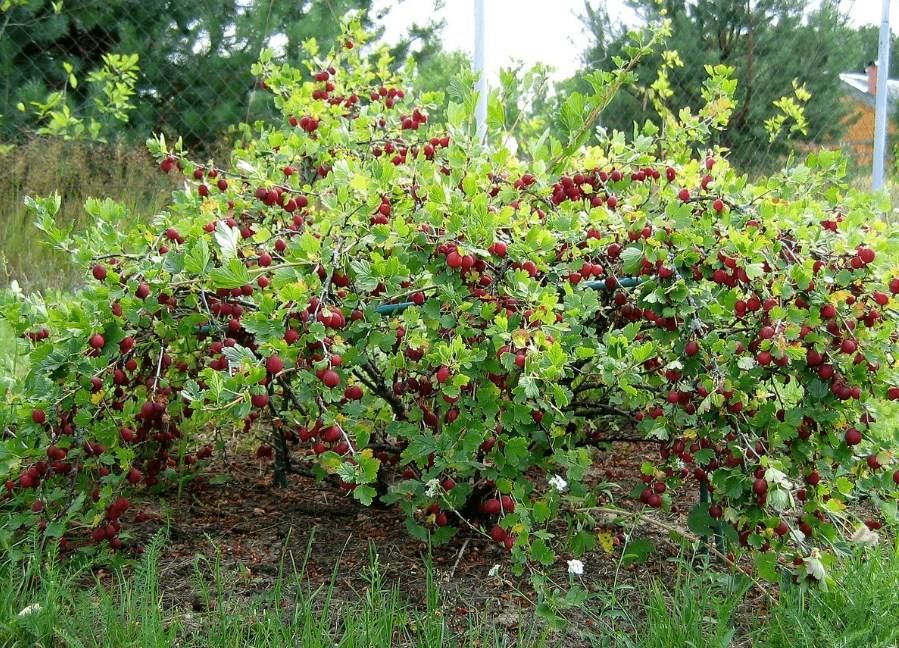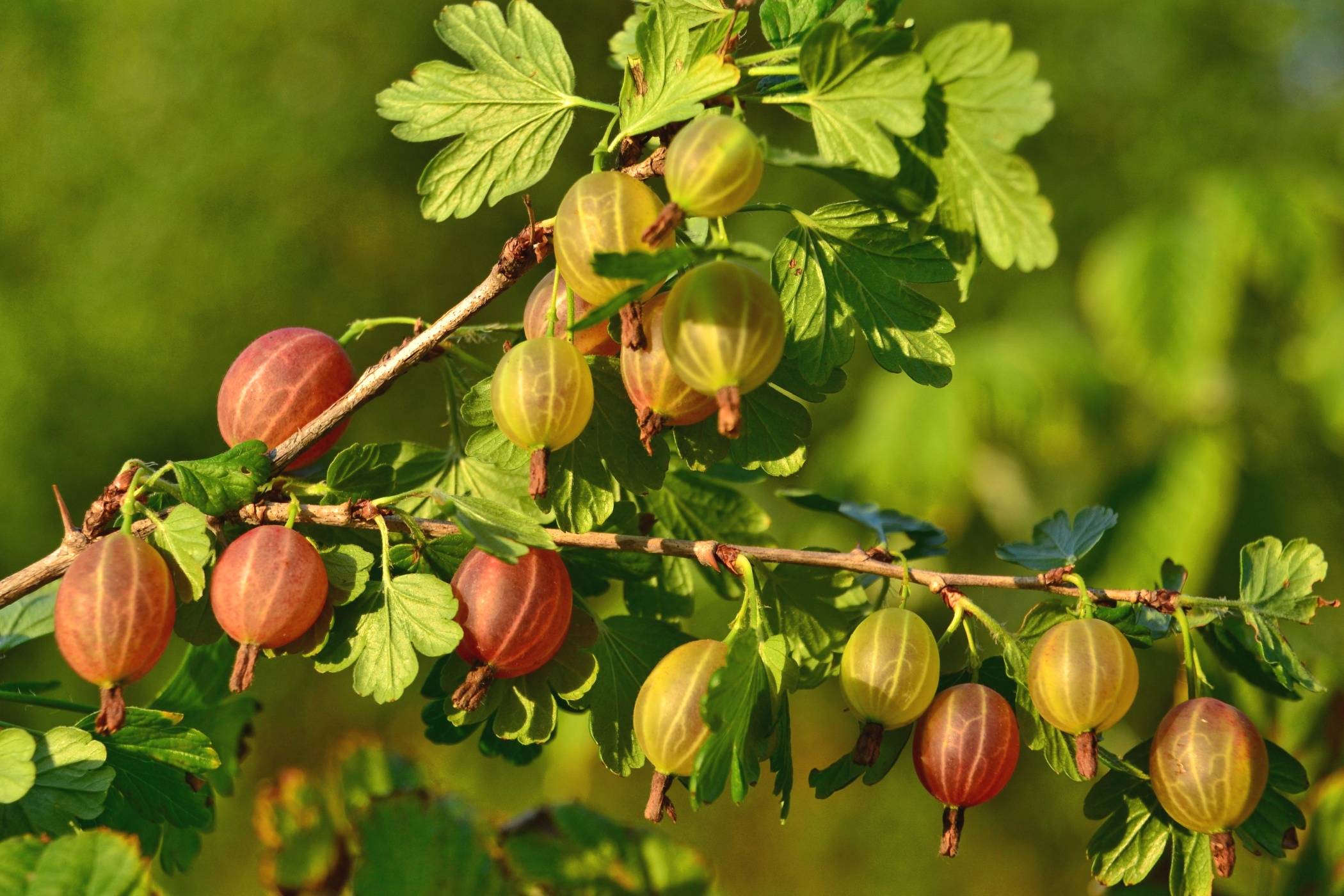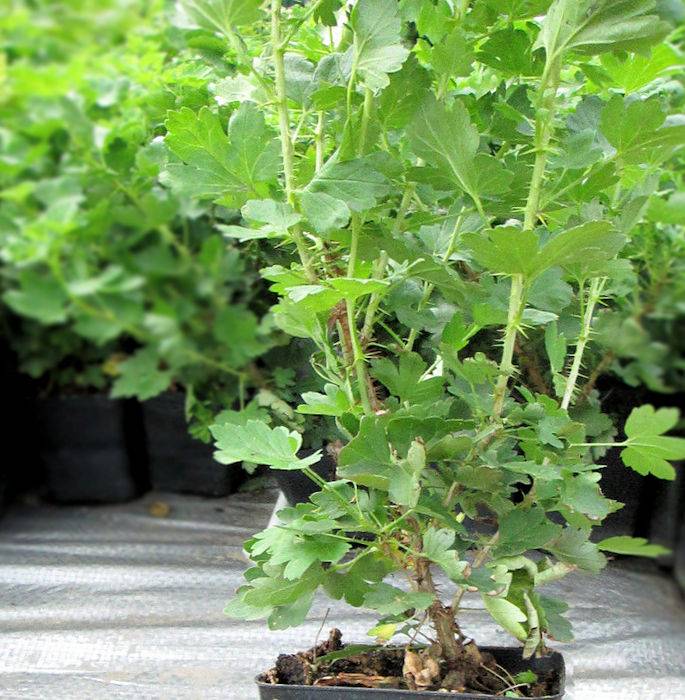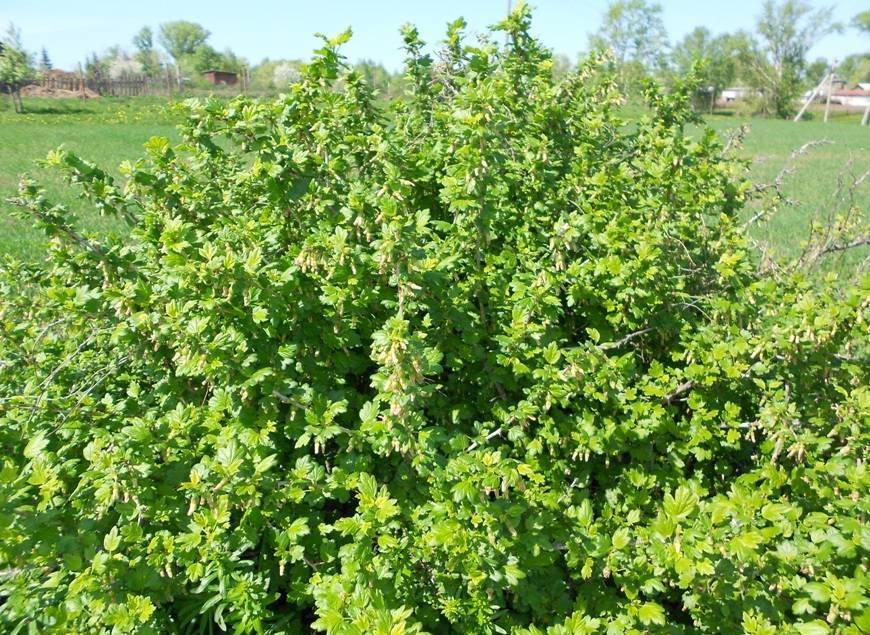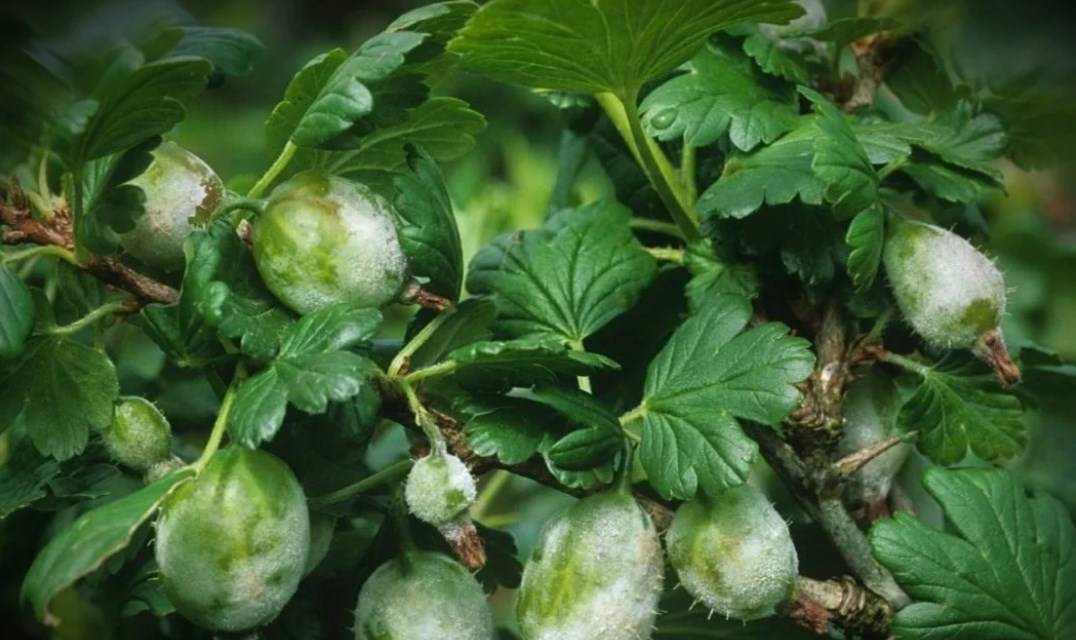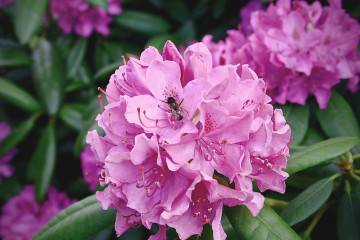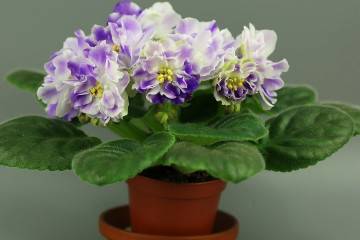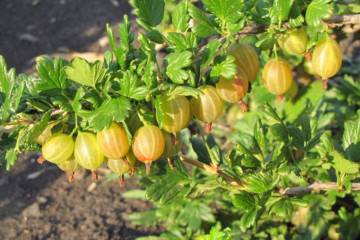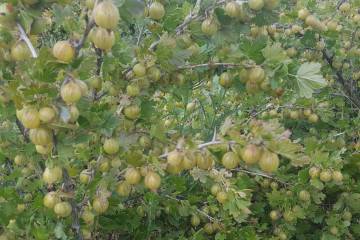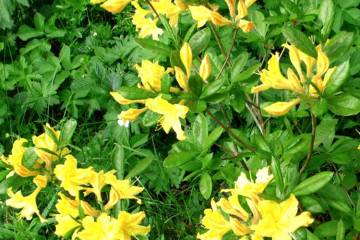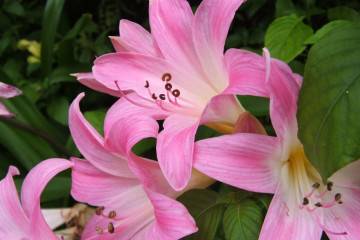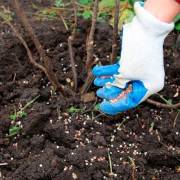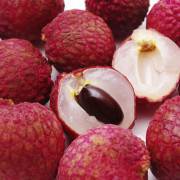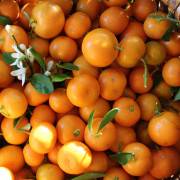Why gooseberries don't bear fruit: what to do and how to make them bear fruit
Content:
- The main reasons why gooseberries do not bear fruit
- Shrub age
- Poor quality planting material
- Violation of landing rules
- Violation of the rules of care
- Violation of the rules of pruning
- Thickening of the bush
- Unfavorable weather conditions during the flowering period
- Lack of pollinators
- Incorrectly selected variety for the climatic conditions of the region
- Pests and diseases
- What to do and how to make gooseberries bear fruit
Gooseberry is a garden culture that grows in almost every personal and summer cottage. This prevalence is due to healthy and tasty berries, as well as an excellent immune system, high resistance to adverse weather conditions. But despite the large number of advantageous features, there are cases when the gooseberry does not bloom. It is necessary to find out why gooseberries do not bear fruit and what to do in such cases.
The main reasons why gooseberries do not bear fruit
There are many reasons why there are no berries on the gooseberry, or why the gooseberry does not bloom at all. To fix the problem, it is important to identify the root cause and take all measures to correct it.
The main provoking factors should be studied in more detail.
Shrub age
It is believed that gooseberries bear fruit abundantly and develop normally during the first 15-20 years. But we are talking only about those specimens that were well and carefully looked after and pruned in a timely manner.
When the bushes thicken, the central shoots are deficient in sunlight, which is why fewer berries are formed on them. During pruning, damaged, diseased and old shoots should be removed, and young shoots should be shortened, trying not to violate the integrity of the kidney.
Poor quality planting material
Another fairly common reason is the planting of low-quality seedlings. Even with strict adherence to all agrotechnical rules, one cannot hope for abundant fruiting in this case. Of course, sometimes the plant develops, but this happens very slowly. The berries can be small or grow few.
That is why it is worth paying attention to when choosing a planting material for its quality. It is recommended to make purchases from friends or nurseries.
Violation of landing rules
Group plantings are carried out in such a way that the interval between the holes is kept within 1.2-1.5 m, depending on the variety. If we neglect this seemingly simple rule, then the plants will experience a lack of light and air. They will not be able to flower and bear fruit.
Violation of the rules of care
Most gooseberry varieties do not need heavy watering to bloom. It is important to know that stagnant water in the root system provokes the development of fungal diseases. You need to apply organic and / or mineral fertilizers 2 times during one growing season.
Violation of the rules of pruning
It is important not only to plant the plant correctly, but also to care for it, to do sanitary pruning. Pruning should be done regularly. The most suitable time is spring, when it is warm enough outside.In the summer, shortly after fruiting, a second pruning is carried out, which is of a preventive nature. Poor and unsuccessful pruning can cause the bush not only to stop blooming, but it can disappear altogether.
Thickening of the bush
This anomalous phenomenon is observed if gardeners neglect pruning the bush.
This leads to the formation of weak, thorny branches. The problem is that the formation of thorns takes resources from the plant and complicates the implementation of preventive measures.
Unfavorable weather conditions during the flowering period
Unfavorable weather conditions are of great importance. If, for example, the weather is rainy, then it makes no sense to count on a rich harvest.
Lack of pollinators
Poor or no yield can be the result of poor pollination. Most varieties are self-fertile, for them such problems are irrelevant. But there are varieties that bear fruit only when pollination has occurred with other varieties of culture. Planting several bushes of different varieties of gooseberries in the summer cottage will help to solve the problem.
Incorrectly selected variety for the climatic conditions of the region
Every gardener should be fully aware that a particular variety is designed for specific climatic conditions, including hybrids. If the plant feels uncomfortable in a certain area, this will negatively affect fruiting. In this case, it will no longer be possible to solve the problem, therefore, even at the stage of choosing a variety, this moment must be analyzed.
Pests and diseases
Another common problem due to which the gooseberry refuses to bear fruit is the development of diseases and attacks of pests. It is worth noting that most varieties of this culture have a strong immune system and practically do not get sick. But if the bushes are thickened, water regularly stagnates at the root system, then the likelihood of developing fungal diseases increases significantly. Most often, the bushes are affected by powdery mildew. The main sign of development is the formation of a white dense bloom on the leaves and stem.
What to do and how to make gooseberries bear fruit
In order for the plant to begin bearing fruit, it is necessary, first of all, to correctly identify the root cause why the plant does not bloom. If the above options are not suitable, then it remains to make certain amendments to the particular care.
Other activities to help solve the problem:
- Initially, you need to familiarize yourself with the information on how to properly purchase seedlings. Analyze the state of the cuttings: are they damaged, a kind of plaque, dry fragments. If yes, then you should refrain from buying. It is recommended to give preference to zoned varieties that are intended for local cultivation.
- Even the most resistant varieties need regular preventive measures, the essence of which is to irrigate the bush with insecticidal and fungicidal solutions. The most suitable time is early spring, before the ovary appears. In the fall, the soil of the near-stem circle is dug up, removing third-party plant residues.
- In dry weather it is necessary to protect the gooseberry bushes from the wind.
If the efforts made are not justified and the plant withers, then it must be completely uprooted and destroyed. It is possible that the bush is affected by pathogens.
